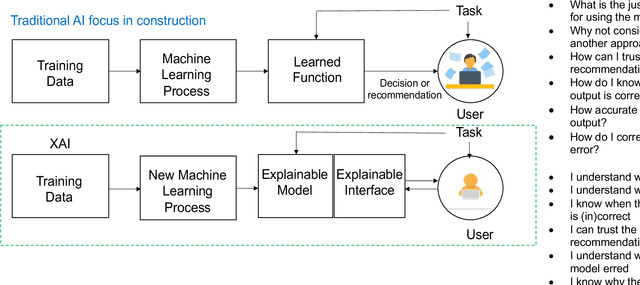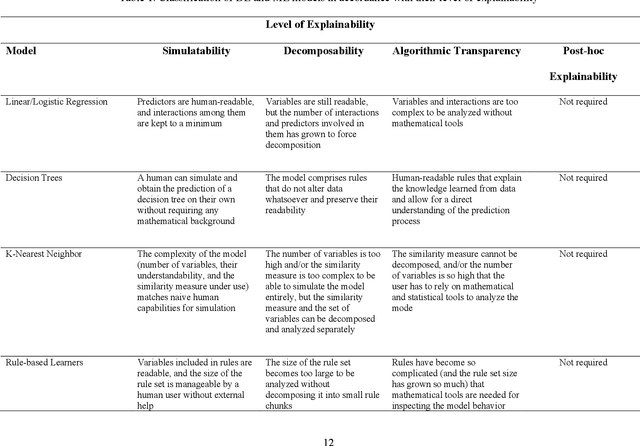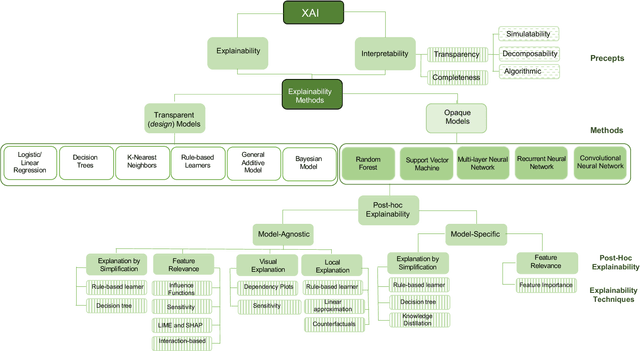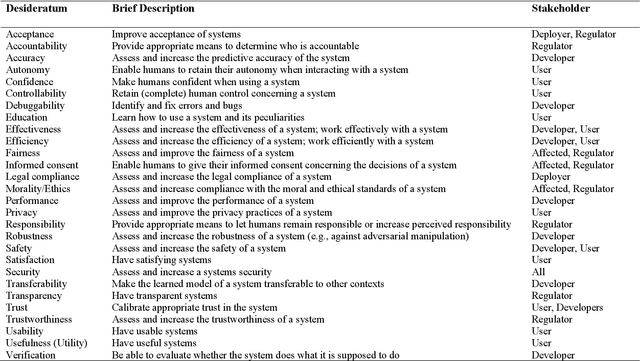Lieyun Ding
T-TIME: Test-Time Information Maximization Ensemble for Plug-and-Play BCIs
Dec 10, 2024Abstract:Objective: An electroencephalogram (EEG)-based brain-computer interface (BCI) enables direct communication between the human brain and a computer. Due to individual differences and non-stationarity of EEG signals, such BCIs usually require a subject-specific calibration session before each use, which is time-consuming and user-unfriendly. Transfer learning (TL) has been proposed to shorten or eliminate this calibration, but existing TL approaches mainly consider offline settings, where all unlabeled EEG trials from the new user are available. Methods: This paper proposes Test-Time Information Maximization Ensemble (T-TIME) to accommodate the most challenging online TL scenario, where unlabeled EEG data from the new user arrive in a stream, and immediate classification is performed. T-TIME initializes multiple classifiers from the aligned source data. When an unlabeled test EEG trial arrives, T-TIME first predicts its labels using ensemble learning, and then updates each classifier by conditional entropy minimization and adaptive marginal distribution regularization. Our code is publicized. Results: Extensive experiments on three public motor imagery based BCI datasets demonstrated that T-TIME outperformed about 20 classical and state-of-the-art TL approaches. Significance: To our knowledge, this is the first work on test time adaptation for calibration-free EEG-based BCIs, making plug-and-play BCIs possible.
Explainable Artificial Intelligence in Construction: The Content, Context, Process, Outcome Evaluation Framework
Nov 12, 2022Abstract:Explainable artificial intelligence is an emerging and evolving concept. Its impact on construction, though yet to be realised, will be profound in the foreseeable future. Still, XAI has received limited attention in construction. As a result, no evaluation frameworks have been propagated to enable construction organisations to understand the what, why, how, and when of XAI. Our paper aims to fill this void by developing a content, context, process, and outcome evaluation framework that can be used to justify the adoption and effective management of XAI. After introducing and describing this novel framework, we discuss its implications for future research. While our novel framework is conceptual, it provides a frame of reference for construction organisations to make headway toward realising XAI business value and benefits.
Explainable Artificial Intelligence: Precepts, Methods, and Opportunities for Research in Construction
Nov 12, 2022



Abstract:Explainable artificial intelligence has received limited attention in construction despite its growing importance in various other industrial sectors. In this paper, we provide a narrative review of XAI to raise awareness about its potential in construction. Our review develops a taxonomy of the XAI literature comprising its precepts and approaches. Opportunities for future XAI research focusing on stakeholder desiderata and data and information fusion are identified and discussed. We hope the opportunities we suggest stimulate new lines of inquiry to help alleviate the scepticism and hesitancy toward AI adoption and integration in construction.
Tiny Noise Can Make an EEG-Based Brain-Computer Interface Speller Output Anything
Mar 04, 2020



Abstract:An electroencephalogram (EEG) based brain-computer interface (BCI) speller allows a user to input text to a computer by thought. It is particularly useful to severely disabled individuals, e.g., amyotrophic lateral sclerosis patients, who have no other effective means of communication with another person or a computer. Most studies so far focused on making EEG-based BCI spellers faster and more reliable; however, few have considered their security. Here we show that P300 and steady-state visual evoked potential BCI spellers are very vulnerable, i.e., they can be severely attacked by adversarial perturbations, which are too tiny to be noticed when added to EEG signals, but can mislead the spellers to spell anything the attacker wants. The consequence could range from merely user frustration to severe misdiagnosis in clinical applications. We hope our research can attract more attention to the security of EEG-based BCI spellers, and more broadly, EEG-based BCIs, which has received little attention before.
 Add to Chrome
Add to Chrome Add to Firefox
Add to Firefox Add to Edge
Add to Edge